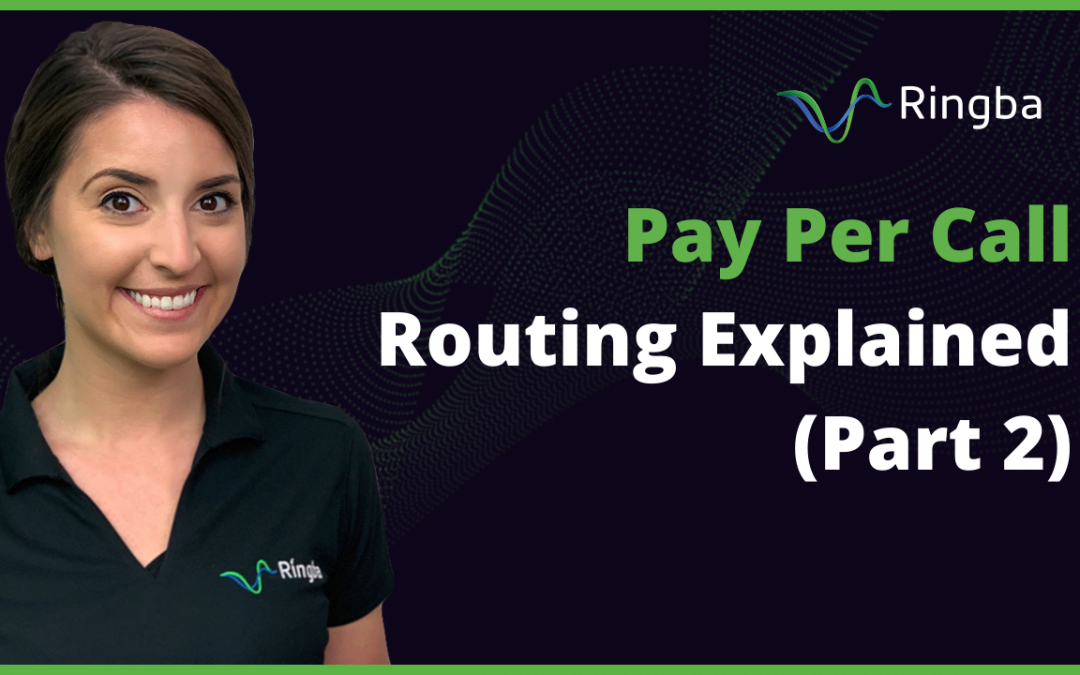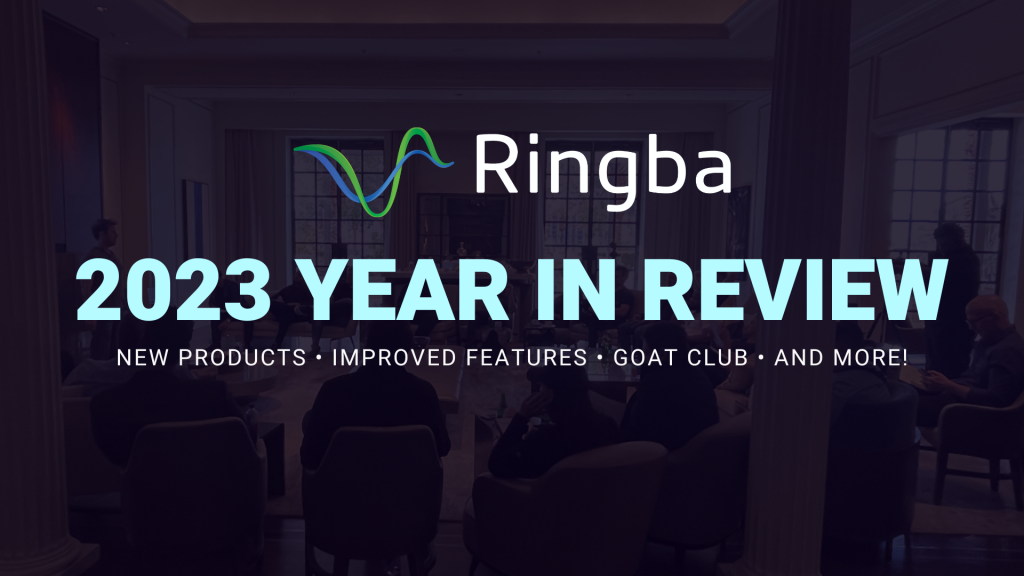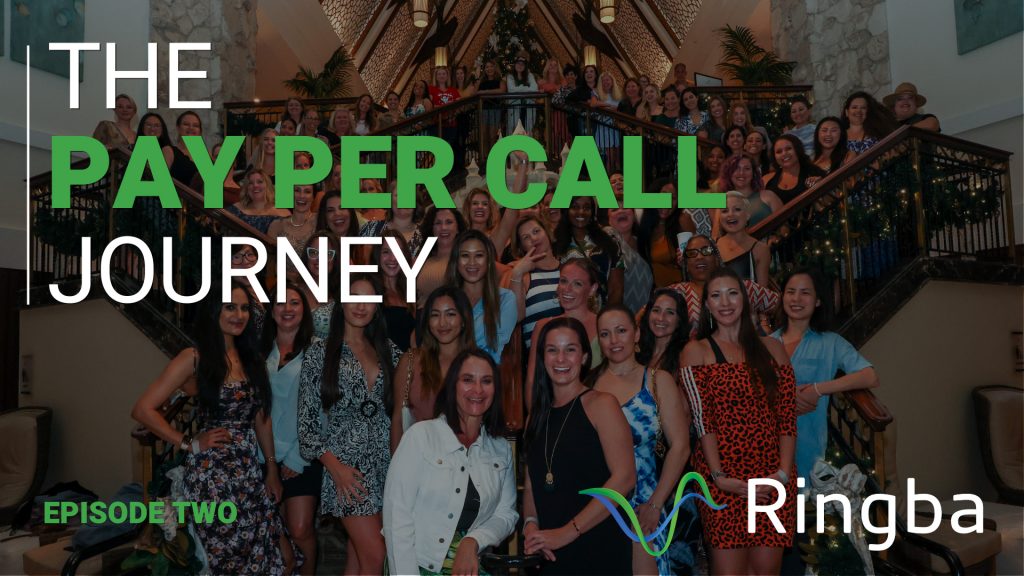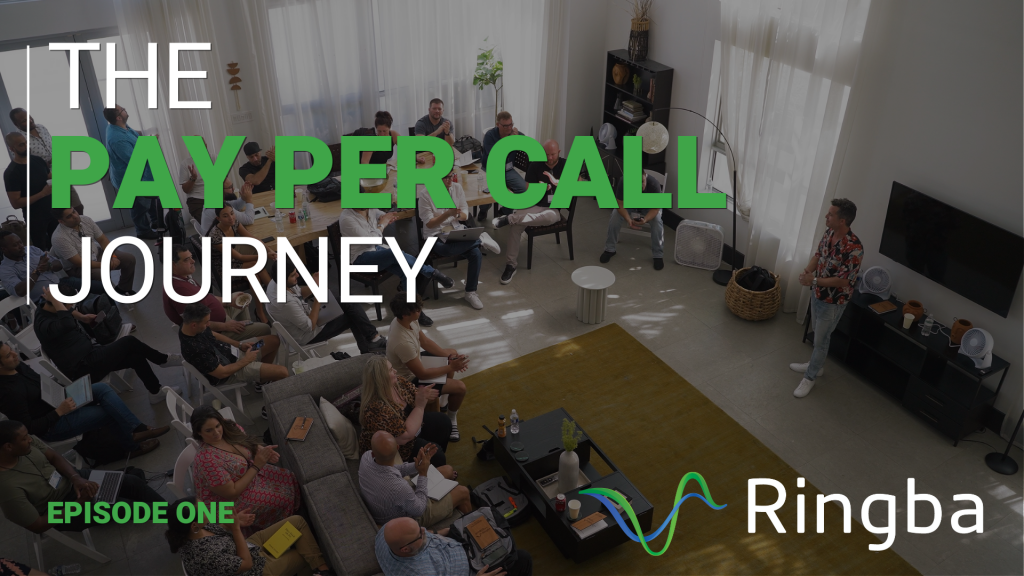We’ve gone over 3 ways in Pay Per Call Routing Explained part 1 where you can easily and seamlessly automatically route calls with Ringba to maximize your marketing campaigns, here are 3 more ways you can optimize your campaigns with call routing.
Duplicate Call Routing
A duplicate call is when a caller picks up the phone, dials, calls and connects with an agent. Then they pick up the phone, dial and call again. It’s important to manage your duplicate call flow properly. If you do not have your own call tracking when you’re working with a network, you have no control over this flow, and typically networks don’t pay for a duplicate phone call. With Ringba, you maintain control and get paid.
Routing Based on Hours of Operations
Before you route a call somewhere, you need to be sure that there is an agent somewhere to answer it. Ringba makes it easy to configure hours of operation for all your targets and buyers. You can even include lunch breaks. When a consumer picks up the phone and calls, Ringba takes a look at the hours of operation of all your buyers. If any of those buyers are closed or unavailable, Ringba won’t send the call to them. It doesn’t matter what the payout is, the call only goes to whoever is available and open.
Routing Based on Concurrency
Concurrency is the number of simultaneous calls that a buyer can receive, or is receiving, at one time. By configuring concurrency caps, you can intelligently determine if all the agents in a buyer’s call center are busy and then automatically reroute your call flow to a buyer that can accept them.
However you decide you want to track your calls, Ringba makes it easy and seamless.







